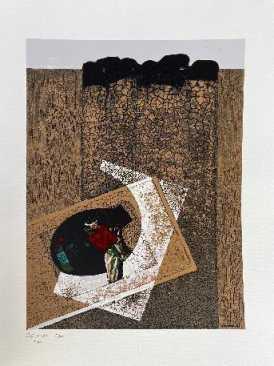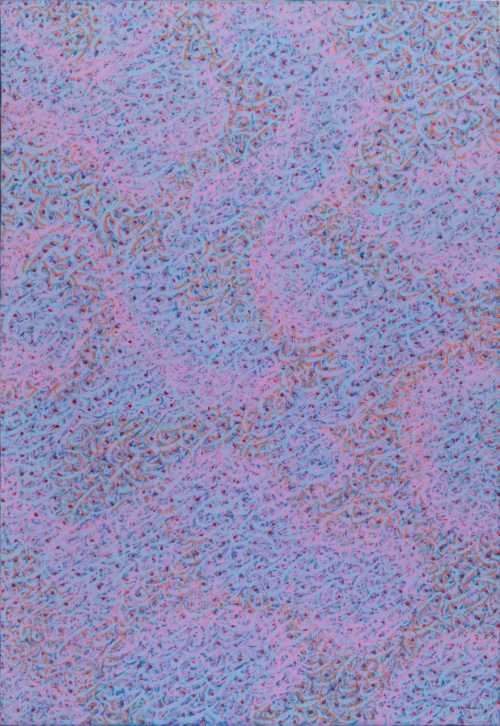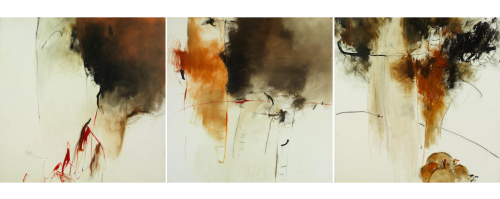- The Milky Way 2 1977
- Acrylic on canvas
- Painting
- 350 * 100 cm
- signed and dated 'Gh.Nami 78' (lower right of right panel)
right panel and left panel: 39 3/8 x 39 3/8in. (100 x 100cm.);
central panel: 39 3/8 x 58½in. (148.5 x 100cm.);
Auction Histories
Sell at
-
Auction House
30 April 2008
Realized Price
Artwork Description
'While producing white three-dimensional works of art during the 1960s and then 1970s inspired by inscriptions and old gravestones in Iranian villages, I started creating works using Persian calligraphy. I believe that aesthetic values of Persian calligraphy, which can be employed in producing works of art, include the abstract expression of two elements: rhythm and motion. Mere obsession with the appearance of letters and words makes the work dependent upon literal meaning of the words and devoid of any creative, fantastic visualization. Therefore, I have tried to use hints of motion and rhythm of Persian or Arabic calligraphy in nimble, spontaneous moves on canvas to reincarnate familiar signs and calligraphic forms which can be part of the cultural identity and history of my land.'
(Gholamhossein Nami, 2008)
(Gholamhossein Nami, 2008)
Realized Price
55,494 USD
Min Estimate
28,869 USD
Max Estimate
40,274 USD
Average Artwork Worth
+65.302%
Average Growth of Artwork Worth
Sales Performance Against Estimates
Average & Median Sold Lot Value
2021 - 2025
Performance vs. Estimate
2021 - 2025
Sell-through Rate
2021 - 2025




